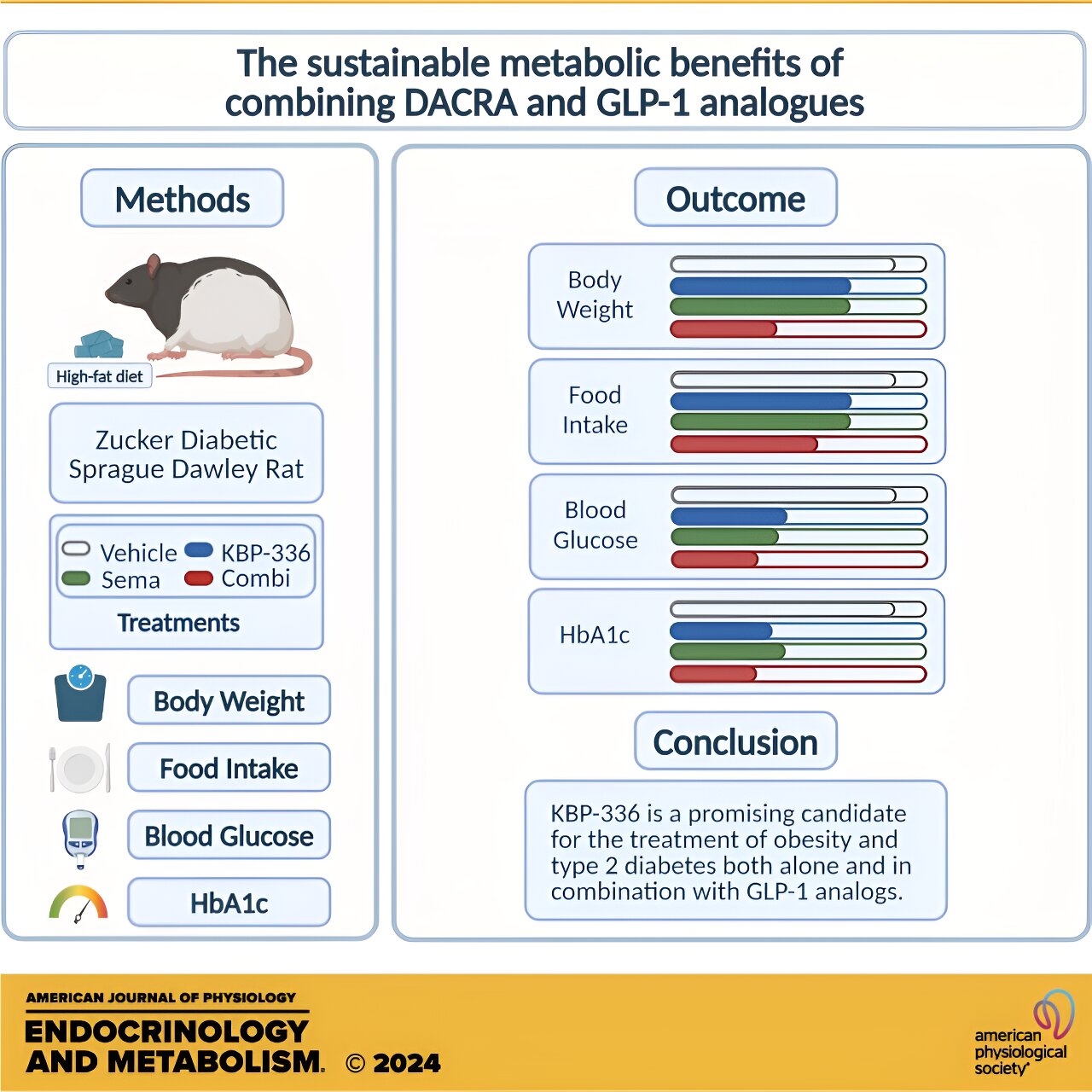Type 2 diabetes increased by almost 20% between 2012 and 2022, according to a new study from the University of Georgia.
The researchers found an increase in diabetes among all sociodemographic groups. But non-Hispanic Black people were particularly hard hit by the disease, with just under 16% of Black study participants reporting being diagnosed with Type 2 diabetes.
More than one in five individuals aged 65 or older had the condition. The same age group was more than 10 times as likely to be diagnosed with diabetes than people in the 18-to-24-year age bracket. People between the ages of 45 and 64 were over five times as likely to receive the diagnosis.
The study also found that individuals with lower incomes had a significantly higher prevalence of diabetes than their higher income counterparts. People with high incomes were 41% less likely to be diagnosed with the disease. And individuals with a college education were 24% less likely to be given a diabetes diagnosis.
“Diabetes is increasing day by day in the U.S., and it will increase even more in the coming years,” said Sulakshan Neupane, lead author of the study and a doctoral student in UGA’s College of Agricultural and Environmental Sciences. “Diabetes costs around $412 billion, including medical costs and indirect costs like loss of productivity. That’s a huge amount, and it’s only going to increase as more people are diagnosed with the disease.”
South, Midwest particularly vulnerable to diabetes
The researchers used data from the nationally representative Behavioral Risk Factor Surveillance System, an ongoing health survey of more than 400,000 people.
They relied on the same dataset for a paper published by the American Journal of Preventive Medicine in April, which emphasized the economic burden of Type 2 diabetes and the increased prevalence of the condition over the same study period as the current paper.
In addition to other risk factors, the researchers found regional differences in diabetes prevalence as well.
The South and Midwest, in particular, experienced large jumps in the number of individuals with Type 2 diabetes, with Arkansas, Kentucky and Nebraska reporting the highest increases between 2012 and 2022.
Ten states saw increases of 25% or more over the decade-long study period: Arkansas, Kentucky, Nebraska, Texas, Alabama, Minnesota, Illinois, West Virginia, Delaware and Massachusetts.
“In these areas, people are at higher risk of developing diabetes, so policymakers and public health officials need to focus on these regions,” Neupane said.
Overweight, obese individuals more likely to have diabetes
Overweight and obese participants were also more likely to report being diagnosed with Type 2 diabetes. About one in five obese individuals reported having the disease in 2022 while one in 10 overweight participants reported having the condition.
Physical activity seemed to guard against diabetes to an extent, with physically active individuals facing a prevalence of under 10% while inactive people experienced a rate at closer to 19%.
“Identifying these risk factors and acting to mitigate them is key,” Neupane said. “Be more active. Pay more attention to your physical health. Some risk factors like age and race cannot be modified, but you can do something to lower risk of diabetes, like, healthy eating, maintaining an active lifestyle and losing weight.”
Published in Diabetes, Obesity and Metabolism, the study was co-authored by Wojciech Florkowski, of UGA’s Department of Agricultural and Applied Economics; Uttam Dhakal and Chandra Dhakal, of CDC Atlanta.


